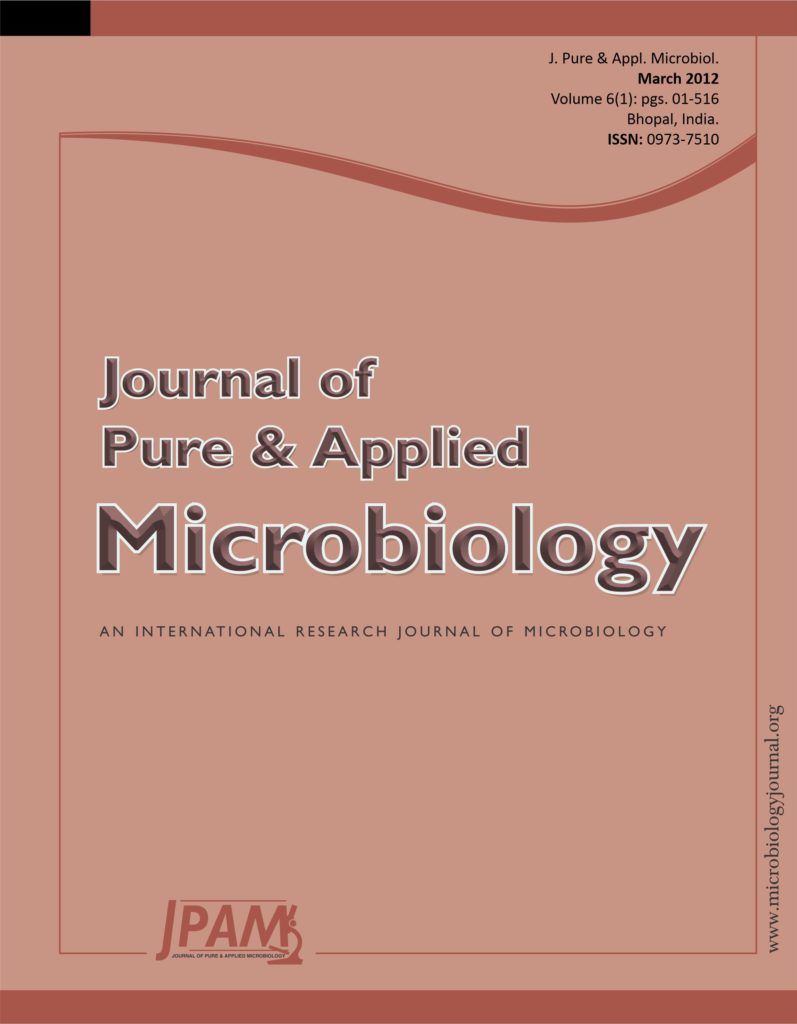Spoligotyping is a molecular typing method that is used to differentiate M.tuberculosis complex. The method is based on polymorphism of the chromosomal DR locus consisting of identical 36-bp DRs alternating with 35-41 unique spacers. In this study, the spoligotyping was applied to Ziehl-Neelsen stained smears and its utility in smears with different positivity rate was assessed. DNA were extracted from smears (n=115) with different positivity rate [3+ (39; 33%), 2+ (28; 24), 1+ (33; 28%) and Scanty (15; 13%)]. Thirty negative smear slides were also used as a control. PCR was performed with primers specific for direct repeats and the product was detected by ECL hybridization kit. The obtained data entered the X-file and were analyzed with previously published database (spolDB4).
The utility rate in 3+, 2+ and 1+ smears were 84.6%, 71.4%, 36.4% respectively (p<0.01). The smears with scanty results could not produce any patterns. In overall, the spoligopatterns was observed in 56.5% of samples. The predominant spoligopatterns identified as Haarlem (47.6%), CAS (26%) and T (15.3%). Spoligotyping can be reliable in smears with high positivity rate. Therefore, the method may be the best option to identify the circulating strains within limited resources laboratories.
Ziehl-Neelsen slides, Spoligotyping, Molecular epidemiolog
© The Author(s) 2012. Open Access. This article is distributed under the terms of the Creative Commons Attribution 4.0 International License which permits unrestricted use, sharing, distribution, and reproduction in any medium, provided you give appropriate credit to the original author(s) and the source, provide a link to the Creative Commons license, and indicate if changes were made.


